Home > Auctions > 23 - 27 May 2023
Ancient Art, Antiquities, Natural History & Coins
Auction Highlights:
From the collection of an EU gentleman formed in the 1990s.
Acquired on the UK art market.
Acquired 1990s-early 2000s.
East Anglian private collection.
Found in South East England.
Acquired 1990s-early 2000s.
East Anglian private collection.
Ex private collection formed in the 1990s.
Ex property of a European gentleman living in the UK.
Acquired 1990s-early 2000s.
East Anglian private collection.
Found Lincolnshire, 1981.
Acquired before 2000.
From the collection of a European gentleman living in the UK.
See Cavalieri, M., 'Ipotesi sulla produzione bronzea dell’Emilia occidentale in età romana' in Santoro, S., Artigianato e produzione nella Cisalpina. Parte I. Proposte di metodo e prime applicazioni, Firenze, 2004, pp.173-198, fig.5.
The Romans, like the Greeks, ate whilst reclined on beds. The eating bed (lectus triclinaris) was a luxury furniture item crafted by carpenters. From the 2nd century B.C., Romans started to create 'lecti aerati, inargentati, inaurati, eborati, testudinei,' i.e. beds made of wood and covered with bronze, silver, gold and ivory fittings or with scales of other precious material. Such elements were sometimes sculpted in the shape of an animal protome, or were simply bell-shaped, like our specimens.
From the private collection of the late Mr S.M., London, UK, thence by descent.
Acquired on the German art market around 2000.
From the collection of a Surrey, UK, gentleman.
See Bayley, J. & Butcher, S., Roman Brooches in Britain: A Technological and Typological Study based on the Richborough Collection, London, 2004.
Acquired on the UK art market, 1982-1989.
Acquired 1980-2015.
Ex Abelita family collection.
445 - 456 of 2508 LOTS

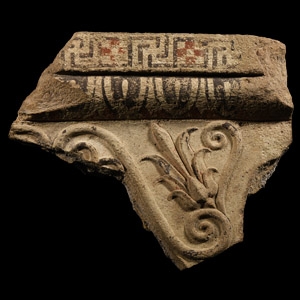
.jpg)


.jpg)
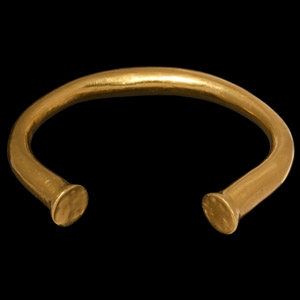
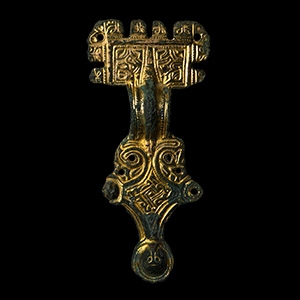

.jpg)
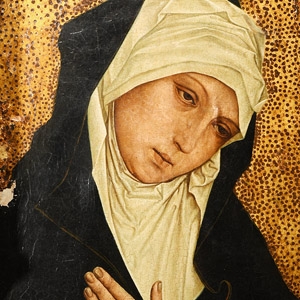

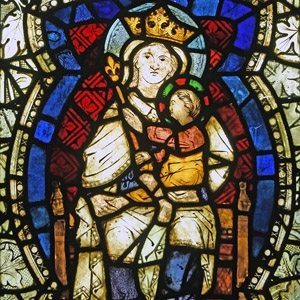
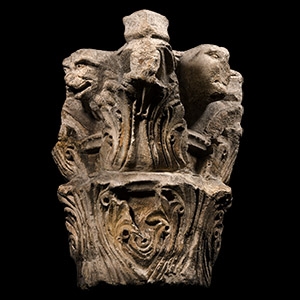
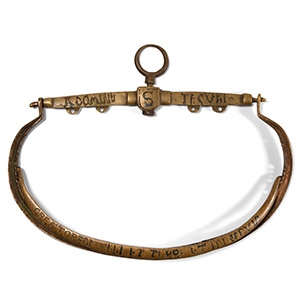
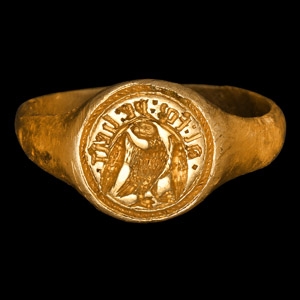
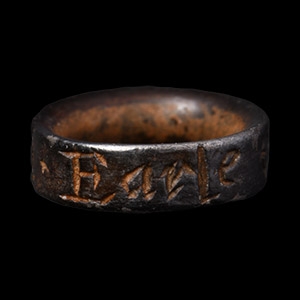
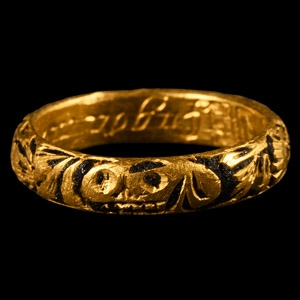
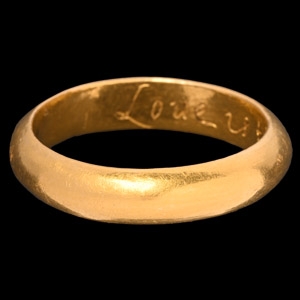
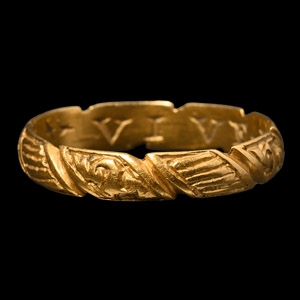
![English Milled Coins - George VI - 1937 - Cased RM Proof Coronation Gold Set [4] English Milled Coins - George VI - 1937 - Cased RM Proof Coronation Gold Set [4]](https://timelineauctions.com/upload/images/items/small/203351-s(2).jpg)

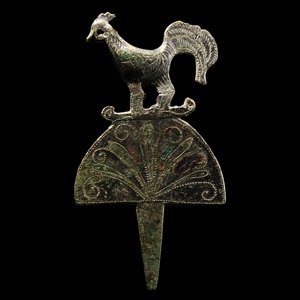
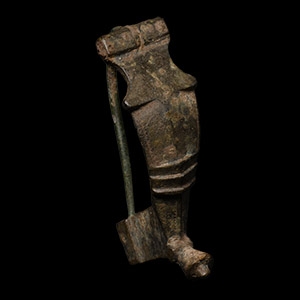




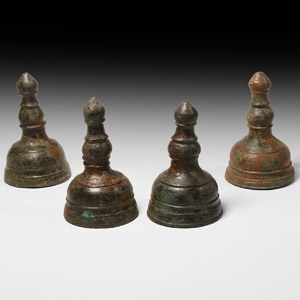
.jpg)
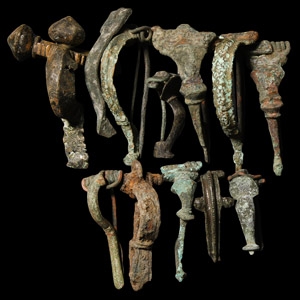
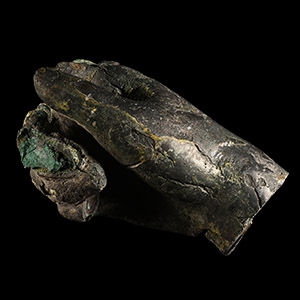
.jpg)



